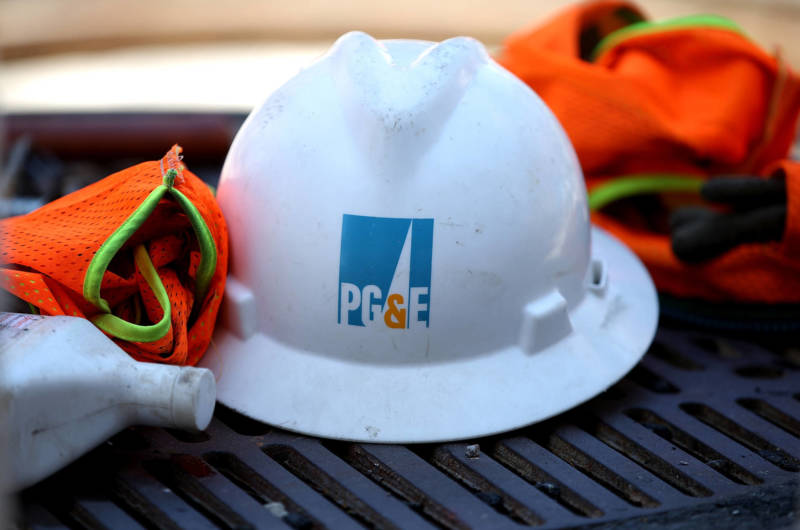Under California law, the CPUC reports says, utilities are generally obligated to locate and mark underground utilities between two and 14 days after an excavator's request. The companies file "late tickets" when they fail to carry out the location and marking on time.
In PG&E's case, the safety division found that the company's failure to ensure records were kept accurately resulted in undercounting "tens of thousands of late tickets" each year between 2012 and 2016.
The Safety Enforcement Division's conclusions are outlined in a massive report that relied on its own investigation and studies done by consultants hired by PG&E.
One of the consultant's reports concluded that PG&E didn't have enough personnel to locate and mark utilities in a timely manner, that the company "placed inherent pressure" on employees to complete the work, and that "it was common knowledge among supervisors that locators entered false notes to avoid tickets from going late."
The CPUC's order emphasized it has not yet determined that PG&E broke the law. But the document noted that the time frame targeted in the safety division's investigation was one during which the utility was under especially close scrutiny for its safety practices.
"This is the period immediately following the 2010 San Bruno gas explosion and fire that resulted in eight fatalities, numerous injuries and damage to property," the order said. "This commission would expect that after such a tragedy, caused by multiple proven violations of law, PG&E would have sought to vigorously enhance and increase its effectiveness in all aspects of its gas safety."
The company seemed to acknowledge missteps in a statement issued late Friday afternoon:
"At PG&E, our most important responsibility is public and employee safety. We’re committed to accurate and thorough reporting and record-keeping, and we didn’t live up to that commitment in this case. Once that became apparent, we took and continue to take additional actions to meet the regulatory standards related to our Locate and Mark record-keeping. Among those actions are: improvements to our system that tracks 811 tickets; an upgraded review and audit protocol; hiring more employees, and enhanced training for employees, to perform this work. We are aware of and cooperating with the CPUC’s investigation. We are fully committed to keeping our customers, communities and co-workers safe every single day."
The utility was convicted in 2016 of violating federal pipeline safety laws before the San Bruno disaster and is currently serving five years of probation. A CPUC finding that PG&E falsified records and violated state statues would violate the first condition of the company's probation, which is that it shall not break federal, state, or local laws.
PG&E's possible role in starting the catastrophic Camp Fire in Butte County has already been raised in connection with the utility's probation in the San Bruno case.
U.S. District Court Judge William Alsup, currently overseeing utility's probation, recently ordered the company, the U.S. attorney's office in San Francisco and court-appointed monitor Christopher Keegan to report on what role, if any, PG&E had in causing the Camp Fire and all other fires since its probation began early last year.
In an order issued late last month, Alsup also asked for an assessment of whether "any inaccurate, slow, or failed reporting of information about any wildfire" by PG&E might violate its probation.
He followed those requests with an invitation to the office of California Attorney General Xavier Becerra to weigh in on whether "reckless operation or maintenance" of PG&E power lines would in itself break state law.
Answers are due to Alsup by Dec. 31.
